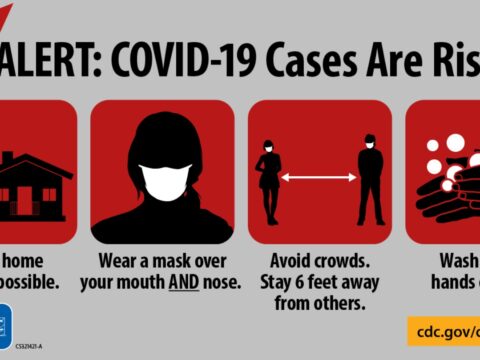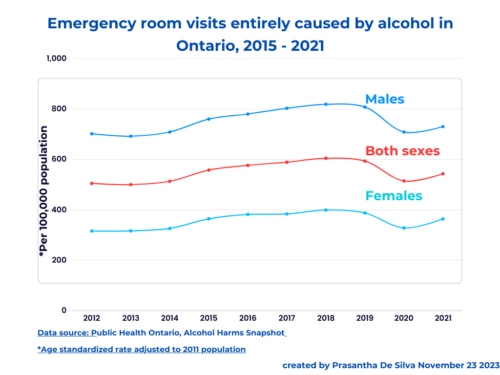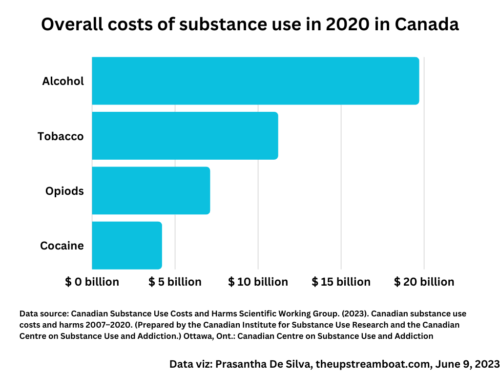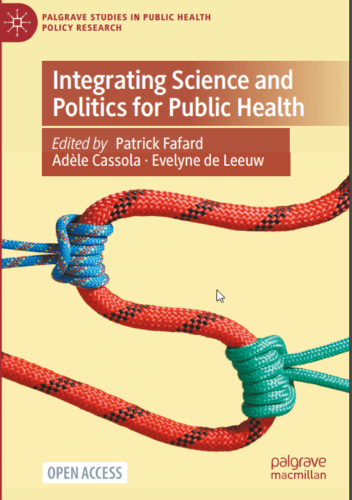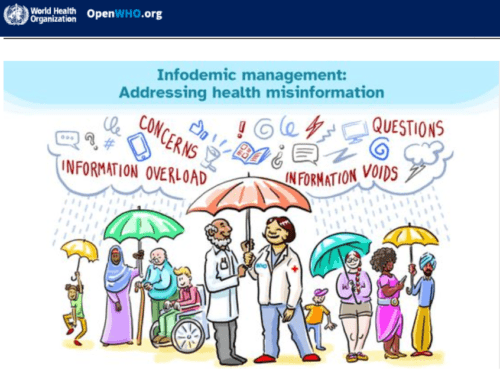Image source:https://pbs.twimg.com/media/EWCfY8-UwAAdsv_?format=jpg&name=small
What we need exactly is to stop spreading the COVID 19 virus; that is it. We do it by staying away from each other physically and adhering to washing hands each time when we touch anything or any surface outside the home and avoid touching face each time after touching anything or any surface outside the home.
Certainly, not social distancing; in fact, we should combat social isolation. I am not the only one talking about it. Although a bit late, WHO emphasized its position about it at one of their media conferences, held on March 20, 2020; this is what, the WHO epidemiologist Maria Van Kerhove said;
We’re changing to say physical distance and that’s on purpose because we want people to still remain connected.
More than a month later, we can see the most countries are still using the term, “social distancing” instead of “physical distancing”.
“No health without mental health”: This became a major theme popularized by the UN and of course, the WHO sometime back. Although we talk about it, we hardly observe its due prominence in mass media and at any other agency communique mandated for mental health promotion, particularly with increased reporting of domestic violence as collateral damage of this pandemic.
Interestingly I found two posters developed by a small, still very young country highlighting the importance of social connection while maintaining physical distancing. The country is Timor-Leste.
Here it is:
Why is this paradigm shift necessary?
Rebecca Gale outlined several valid reasons in her post in the Washington Post based on an interview with Daniel Aldrich, a professor of political science and public policy at Northeastern University in Boston, Massachusetts. The key points he pointed out are as follows;
- Those with stronger social ties are more capable to weather the storm.
- The communities who rebuild and adapt their lives to the “new normal” are the ones who are with strong social networks.
- The people and communities who had difficulties coming back to their new normal lives were the ones with weak social ties and lack mutual trust and cohesion.
